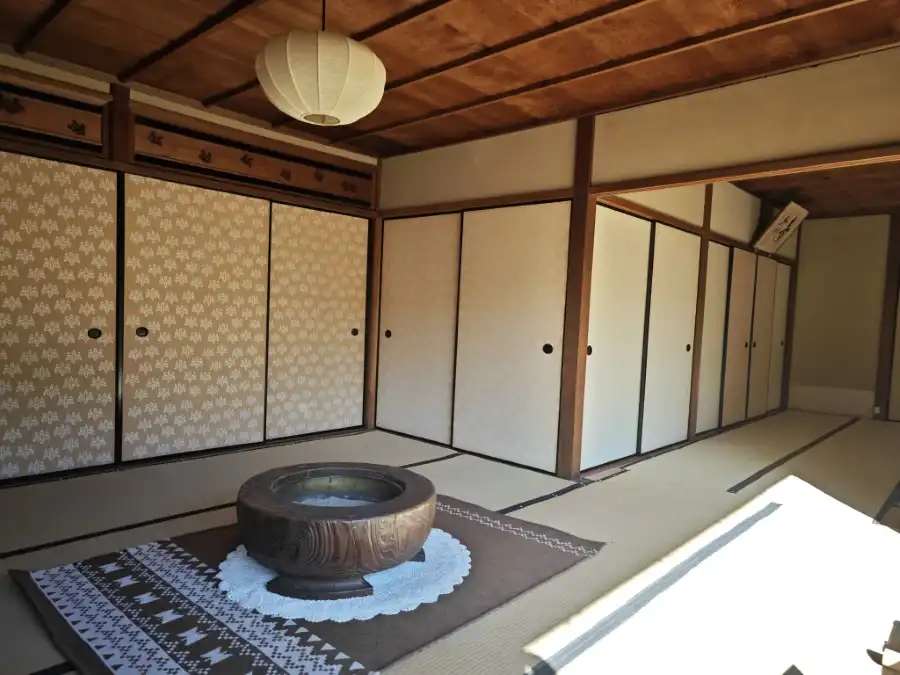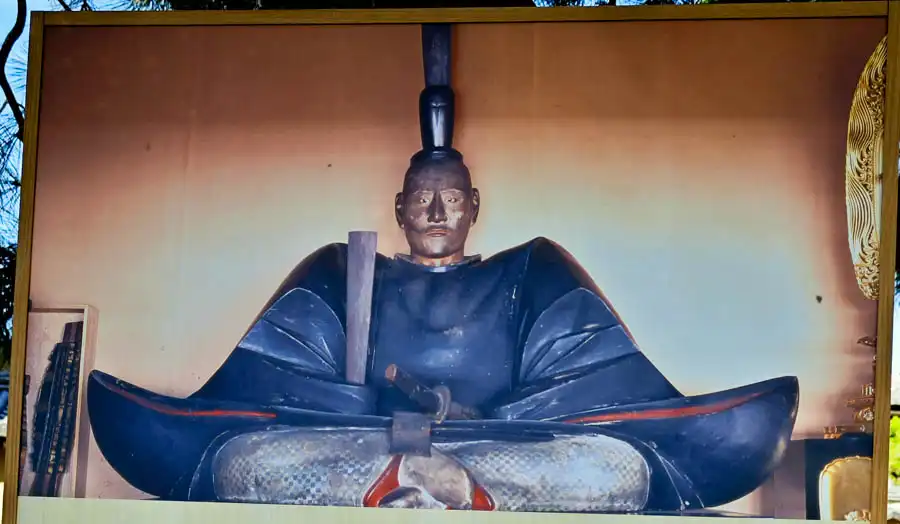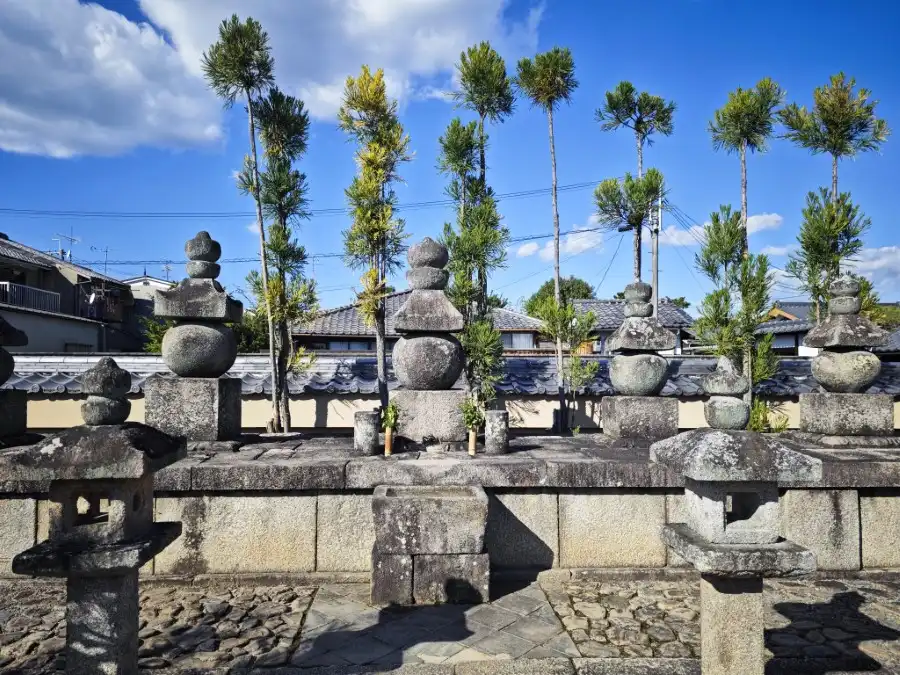Soken-in Temple is a sub-temple of Daitokuji Temple. Toyotomi Hideyoshi built Soken-in Temple in 1583 as a memorial to Oda Nobunaga, who fell in the Honnouji Incident. Toyotomi Hideyoshi was the man who united Japan after the death of Oda Nobunaga, following his legacy.




In the main hall is a wooden seated statue of Lord Oda Nobunaga (Important Cultural Property). Hideyoshi enshrined this wooden statue. This statue is life-size, approximately 115 cm tall. The sculpture’s author is Yasukiyo, a Buddhist priest of the Kei school. Since he made the statue shortly after Nobunaga’s death, it should resemble his appearance.

Two statues were carved. And one served as a substitute for Oda Nobunaga’s body during his funeral. Because the search for the body of Nobunaga Oda was unsuccessful after the Honnouji Incident. Legend has it that the aroma of the incense wood used in that statue wafted across the entire area of Kyoto City (Rakuchu) at that time.
The temple grounds include the tombs of Nobunaga Oda and his family.

Every year, there are special openings in spring and fall. However, the temple is usually not open to the public.
Kyoto City Official Travel Guide
Nearby spots from Soken-in Temple
This temple is a sub-temple of Daitokuji Temple. You find it within Daitokuji’s precinct.
There are two annexes and 22 sub-temples. In addition to the Soken-in temple, sub-temples include, Daisen-in, Hoshun-in, Korin-in, Zuiho-in, Ryogen-in, and Obai-in among others.
Some sub-temples are open to the public throughout the year. Some are open on special occasions. Others are always not open to the public.
Daisen-in Temple
Daisen-in is the most important sub-temple. It is open to the public.
Hoshun-in Temple
Hoshun-in Temple has a bonsai garden. This garden is open to the public for a fee. If you love bonsai, don’t miss it.
Korin-in Temple
Korin-in is open on special occasions in spring and autumn.
Zuiho-in Temple
Zuiho-in has the famous “cross garden”.
Ryogen-in Temple
Ryogen-in has three dry landscape gardens. The original buildings, the Hojo, Karamon, and Omotemon, are important cultural properties.
Obai-in Temple
The gardens in Obai-in temple are must see if you have chance. Obai-in is only open to the public during limited times of the year.
Related articles:
[…] are two annexes and 22 sub-temples. Sub-temples include Soken-in, Daisen-in, Korin-in, Zuiho-in, Ryogen-in, and Obai-in among […]
[…] the main hall of Soken-in there is a wooden seated statue of Oda Nobunaga (Important Cultural Property) dedicated by […]
[…] the main hall of Soken-in there is a wooden seated statue of Oda Nobunaga (Important Cultural Property) dedicated by […]
[…] the main hall of Soken-in there is a wooden statue of Oda Nobunaga (Important Cultural […]